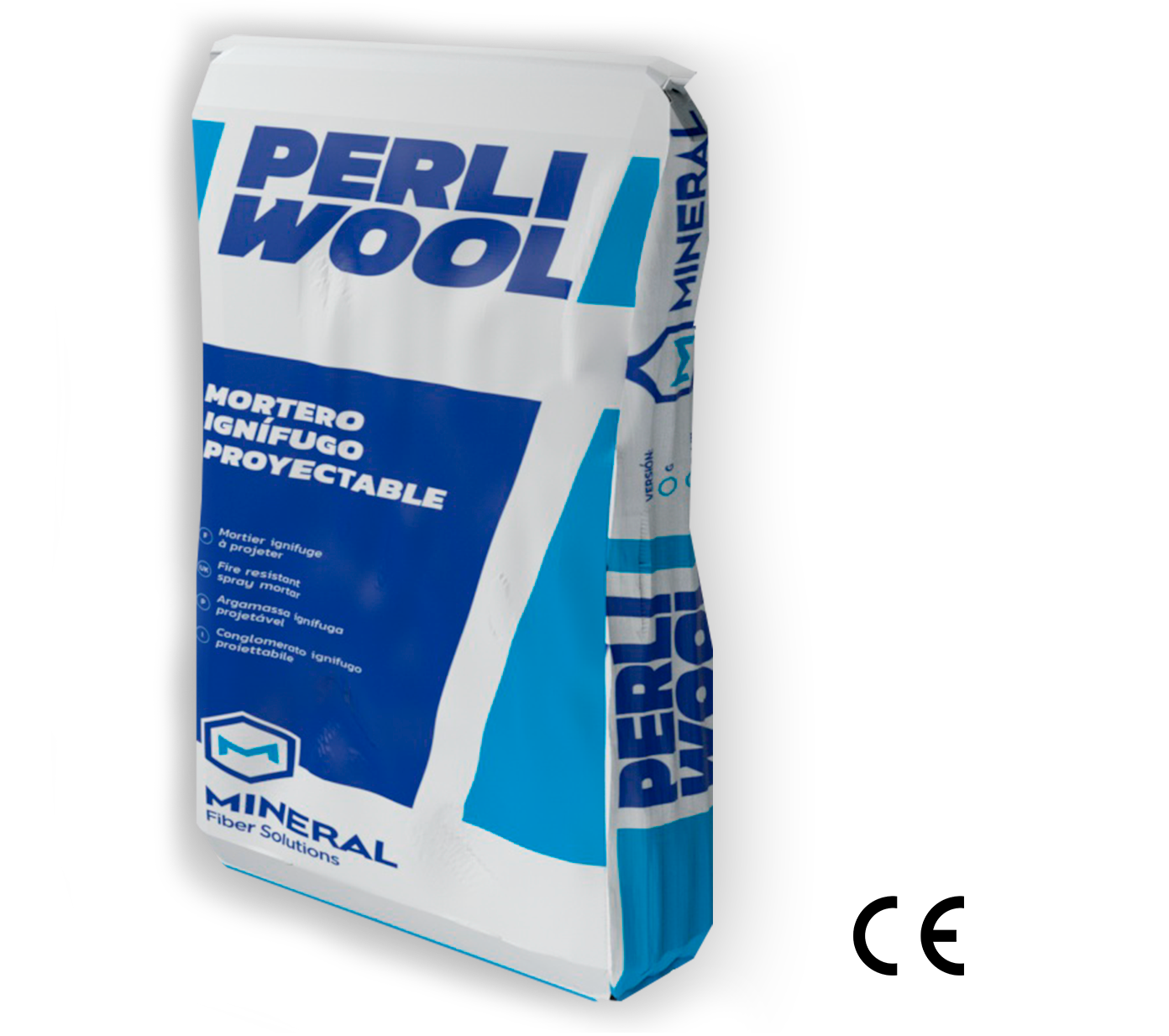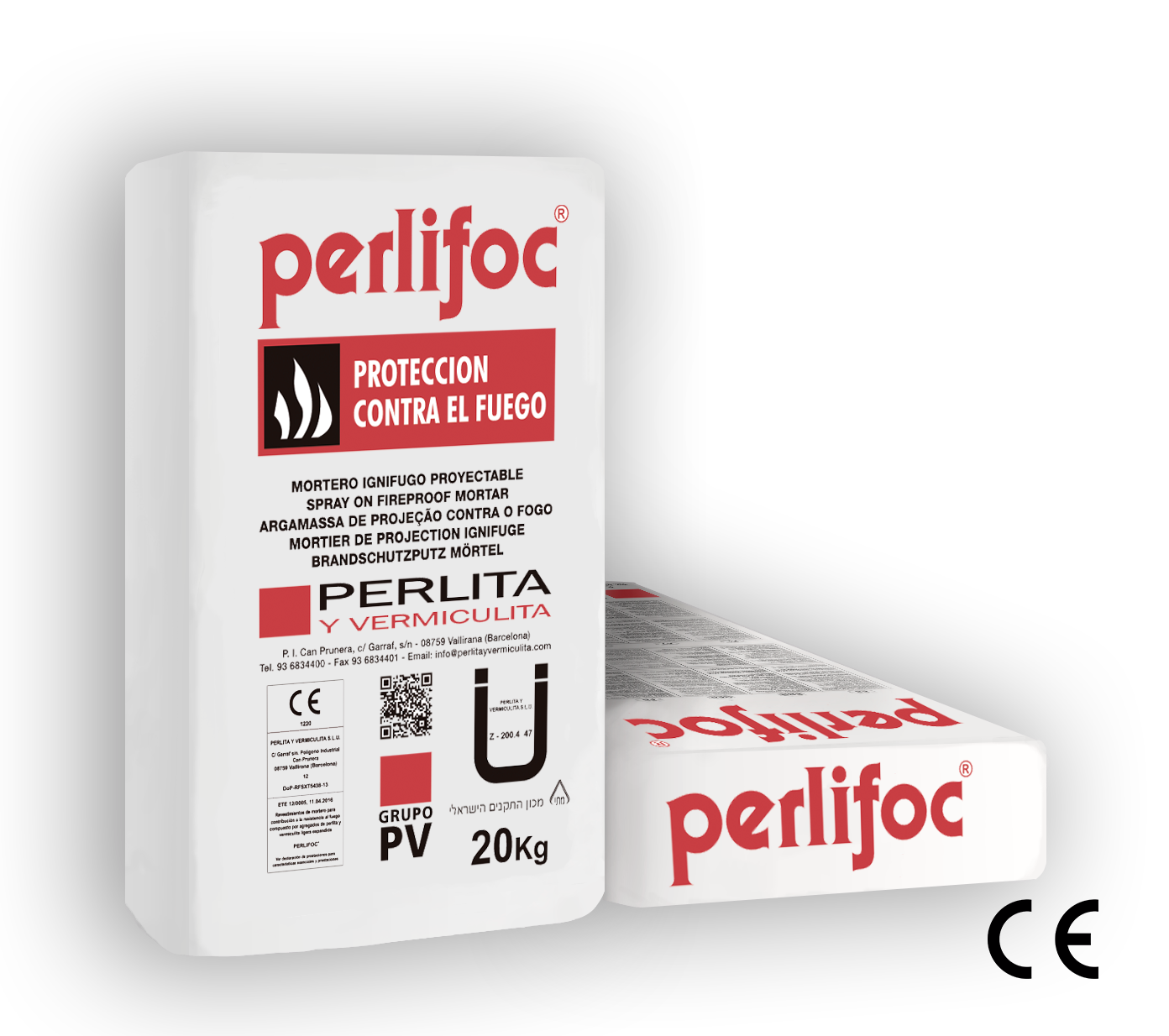When wood is exposed to a heat source, its moisture content decreases in the directly affected area, when the boiling point of water is reached. This can be seen by the sweat that appears on its surface. If the heat source is maintained up to a temperature of approximately 270 °C, vapours start to be released, which, if the temperature continues to increase, are susceptible to burning. This process, called pyrolysis of wood, produces gases as the wood breaks down according to the temperatures reached.
Wood and its by-products are mainly made up of cellulose and lignin, which, as they are composed of carbon, hydrogen and oxygen, make it a combustible material. Despite its combustibility, if the wood is not subjected to a direct flame, it will not start to burn until it reaches around 400 °C. Even if exposed to direct flame, ignition will not occur until it reaches temperatures of around 300 °C.
if there is not enough technical data available on the wood to be protected (charring speed, the moment carrying of the beam, minimum section required to support the design load, etc.), the main objective to guarantee the protection of the wood is to keep the temperature on its exposed side below 300 °C to avoid ignition.
Perlita y Vermiculita offers products to ensure the fire protection of wooden structures.
Here you will find some of our recommended products to ensure greater passive fire protection:



